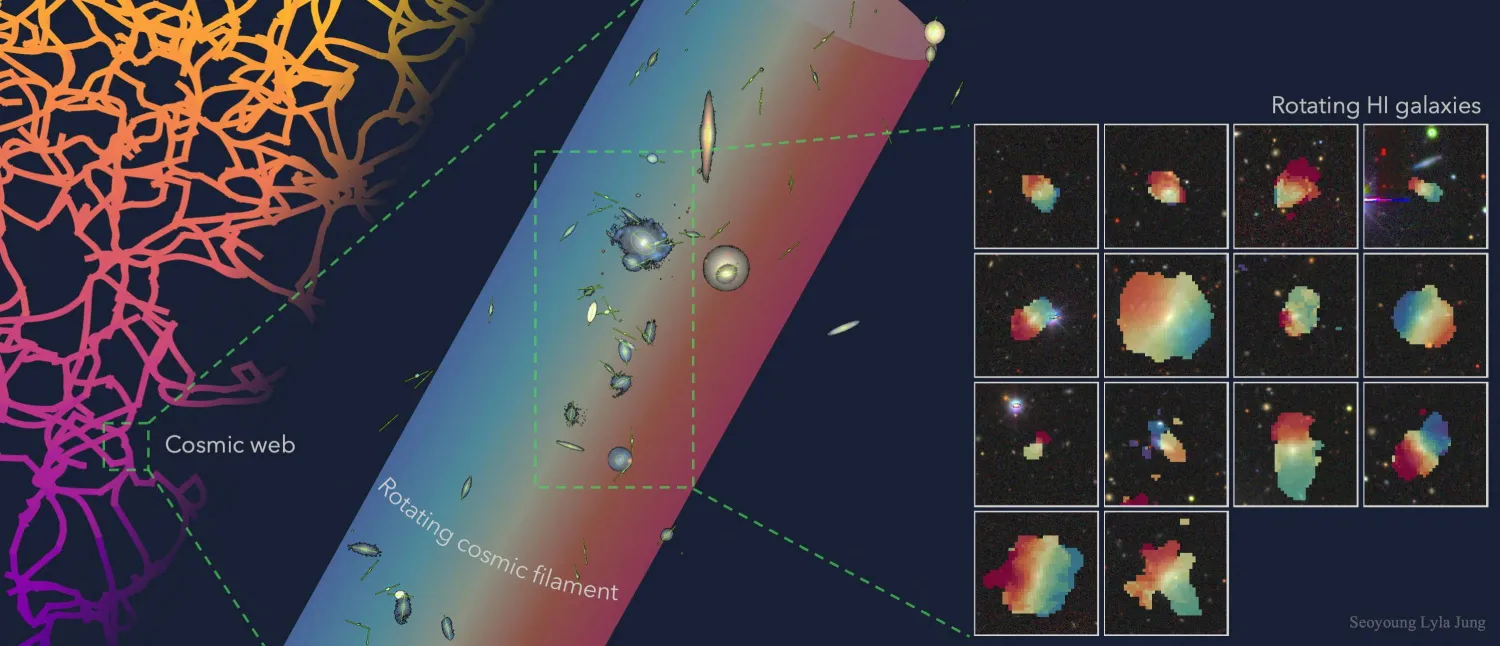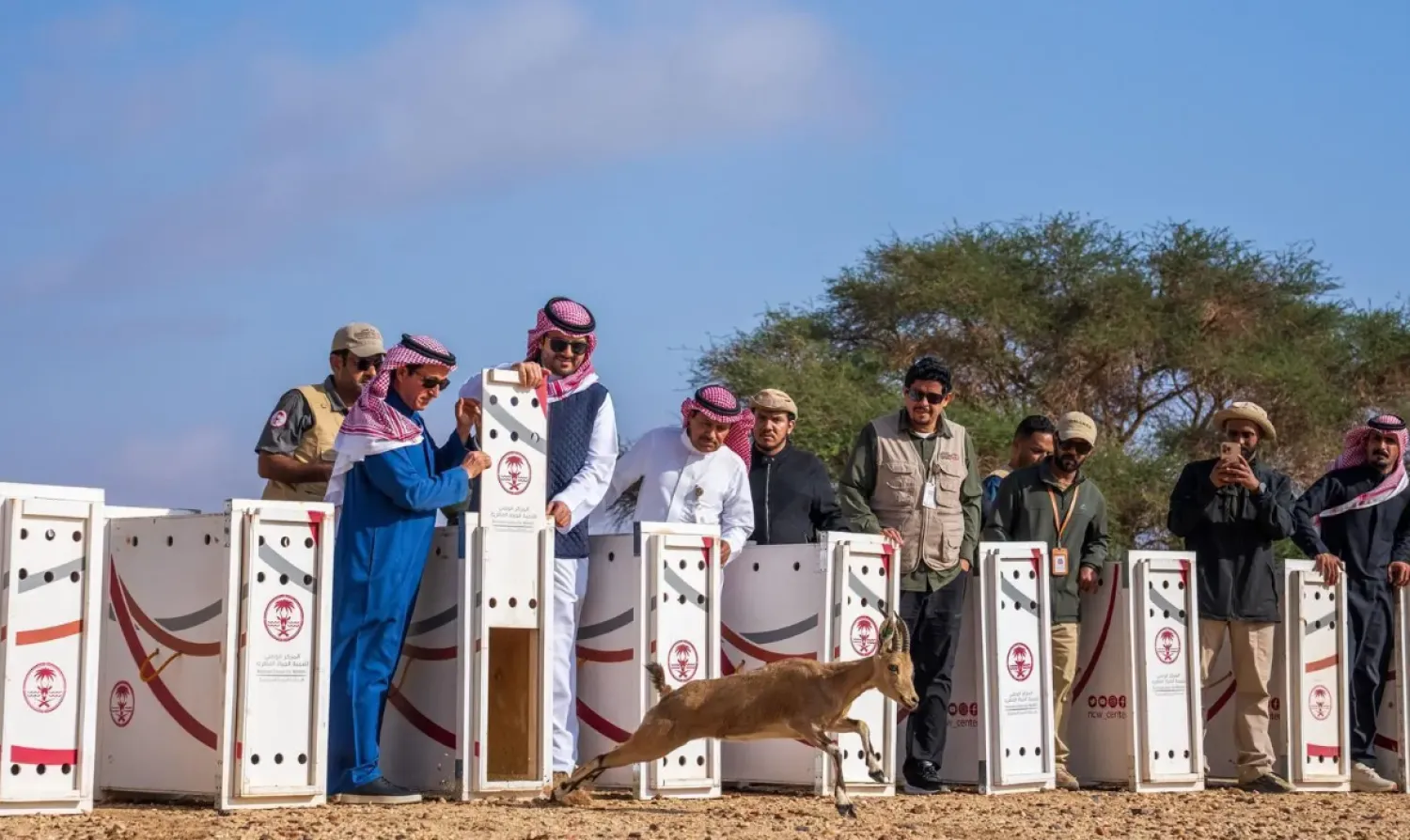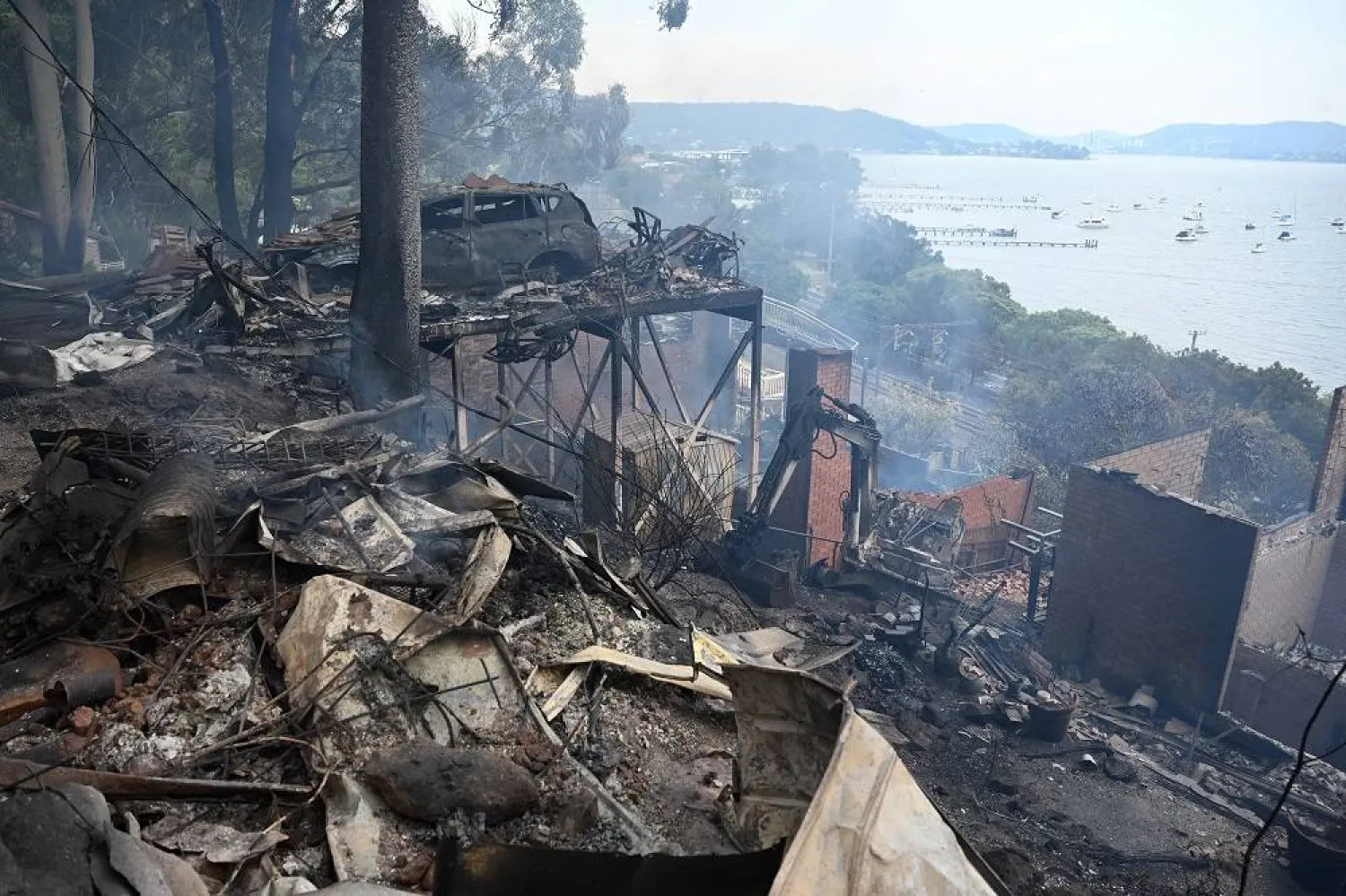Saudi Arabia has introduced a new National Family Guidance Strategy to help families deal with modern challenges and strengthen family bonds.
At a ceremony in Riyadh on Sunday, the first professional licenses for family counselors were awarded.
Minister of Human Resources and Social Development Eng. Ahmad Al-Rajhi said the strategy aims to use family counseling to improve life balance and address challenges effectively.
Speaking at “Family Forum 2024,” he explained that the strategy aims to set a global standard for family guidance, with a focus on professional and innovative services.
The development process involved over 1,200 hours of work, including 12 workshops with input from more than 13 different organizations.
The National Family Guidance Strategy features over 12 initiatives to support family and community needs.
It aims to boost the skills of family counselors, provide them with training, and raise awareness about the benefits of family guidance in improving relationships and resolving conflicts.
At the launch event, the first professional licenses for family counselors were given out. The Ministry plans to issue licenses to 500 counselors in 2024 and to grow the number of family counselors to 4,000 by 2030.
Al-Rajhi reported that 31% of Saudis spend eight hours a week playing video games, highlighting a problem with family isolation. He noted that Saudi families face various challenges affecting their unity in a rapidly changing world.
The government is actively supporting families to help them fulfill their roles and raise children with strong values.
The minister also acknowledged a shortfall in family counseling services. He stressed that parenting is a major challenge due to factors like ideological influences and social media.
Many family issues could be addressed with professional counseling.
Currently, Saudi Arabia has 98 family counseling centers, but only about 14% of Saudis use these services. The Ministry of Human Resources plans to expand the number of centers to 197 by 2027.
Saudi Arabia Launches National Family Guidance Strategy

Minister of Human Resources and Social Development Eng. Ahmad Al-Rajhi awards first professional licenses for family counseling (Saudi Human Resources)

Saudi Arabia Launches National Family Guidance Strategy

Minister of Human Resources and Social Development Eng. Ahmad Al-Rajhi awards first professional licenses for family counseling (Saudi Human Resources)
لم تشترك بعد
انشئ حساباً خاصاً بك لتحصل على أخبار مخصصة لك ولتتمتع بخاصية حفظ المقالات وتتلقى نشراتنا البريدية المتنوعة







